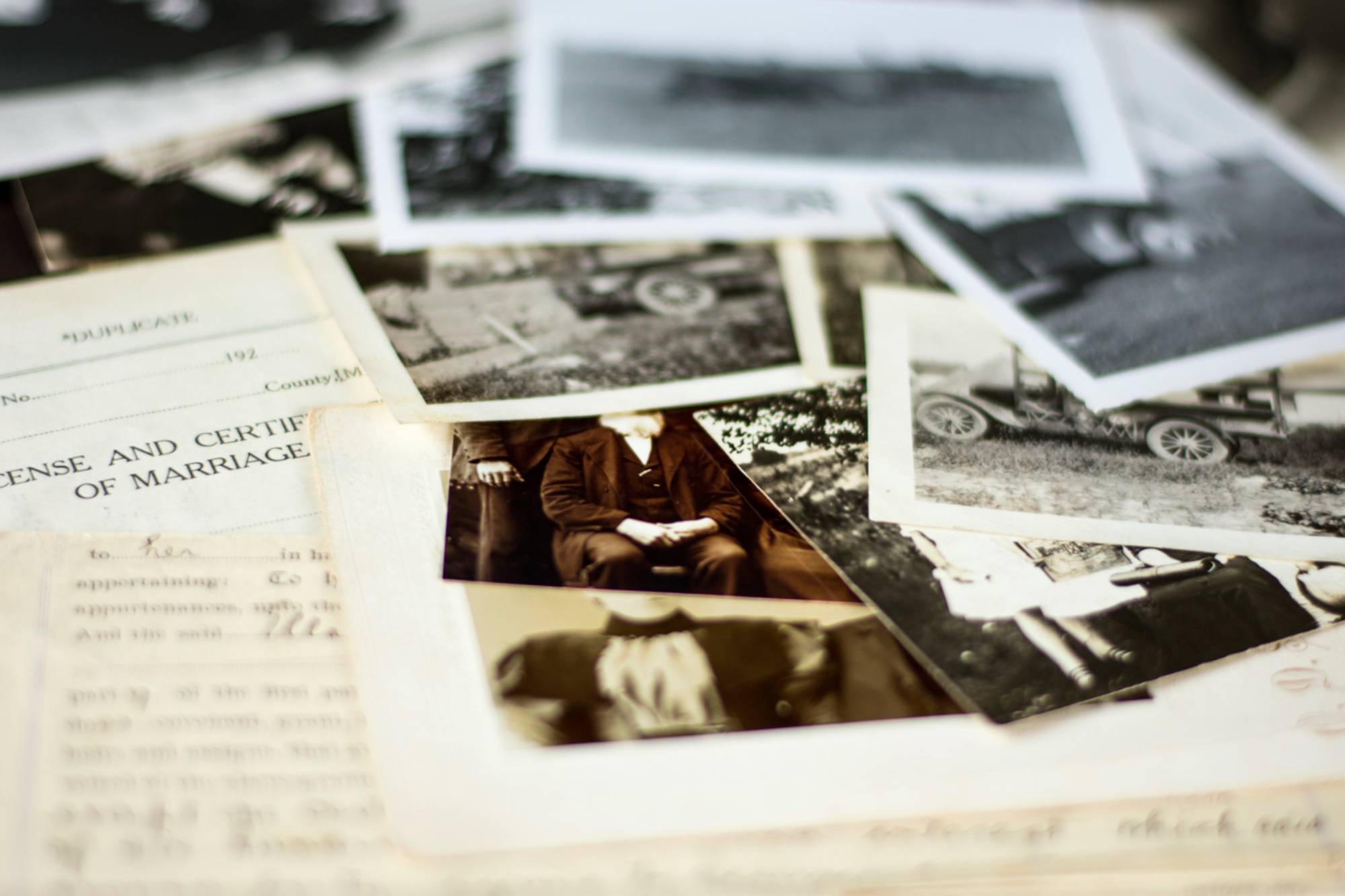Origin of the Surname
The Traynor family name, in its original Gaelic form “Mac Thréinfhir”, bears deep historical ties to Ireland’s early eras. As one dives into its origins, the complex tapestry of Irish history unfolds, unveiling stories of struggle, migration, and legacy.
Etymology and Meaning
The term “Mac” typically signifies “son of” in Gaelic. “Thréinfhir” can be dissected into “tréan”, meaning “strong”, and “fear”, which translates to “man”. Together, “Mac Thréinfhir” implies “son of the strong man”, a name likely initially attributed to descendants of a notable and robust ancestor.
Earliest Known Usage
Glimpses of the Traynor surname emerge sporadically from ancient Irish annals and scripts. These rare but invaluable mentions ascertain the family’s presence in the Emerald Isle for many centuries, laying down roots long before the transition of Irish names to their Anglicized forms.
Geographic Distribution
Traynors, historically, found a significant concentration in the northern regions of Ireland. However, over the ages and due to various factors, their presence dispersed to other regions, both within and outside Ireland.
Original Geographic Location
Ulster, particularly in the modern counties of Armagh and Monaghan, stands as the original homeland for the Traynors. Here, amidst green landscapes and rolling hills, they once held significant influence and territories.
Migration Patterns
As with many Irish clans, Traynors too experienced waves of migration, particularly during tumultuous times in Irish history. Many sought fortunes in the New World, resulting in a diaspora stretching from North America to Australia.
Historical Context
Notable Historical Events
The Traynor lineage, being deeply Irish, shares a heritage fraught with challenges. From local disputes to broader upheavals like the Nine Years’ War or the Cromwellian Conquest, the Traynors’ fate was often interwoven with that of their homeland.
Involvement in Key Moments in History
While specific tales might have faded with time, it is evident that members of the Traynor clan played roles, both big and small, during critical periods in Ireland’s historical tapestry.
Notable Irish Bearers of the Surname
Famous Individuals
Throughout history, some Traynors have risen to particular prominence. Names like Brendan Traynor, a notable writer in the 20th century, come to mind.
Influential Figures
Many Traynors have made their mark on Irish arts, sciences, politics, and beyond. Their contributions, spanning a wide spectrum, serve as a testament to the family’s rich legacy.
Variations of the Surname
Spelling Variations
Anglicization, regional dialects, and external influences have given rise to multiple spellings of the surname. Traynor, Trainor, and even Treanor are but a few examples of the name’s diverse representations.
Regional Differences
Outside Ireland, especially in areas with significant Irish diasporas, the name underwent modifications to fit local linguistic norms. Thus, slightly altered versions appear in countries like the US, Canada, or Australia.
Current Statistics and Distribution
Frequency and Global Distribution
While Traynors still hold a significant presence in their original Irish heartlands, notably in Ulster, their global footprint is unmissable. Nations touched by the Irish migration waves, particularly the US, Canada, and Australia, have thriving Traynor communities.
Changes Over Time
The dispersion of Traynors from their Irish heartland has led to fluctuating densities over time. However, the name remains an indelible mark of Irish heritage, wherever it is found.
Family Coat of Arms
Historical emblems associated with the Traynors typically boast symbols that echo their Gaelic origins and values. Elements such as the lion, emblematic of courage and strength, are prevalent. Colors, including green for Ireland and gold symbolizing prosperity, often dominate the shield. The design intricacies might vary based on specific family branches, emphasizing the vast and diverse tree that is the Traynor lineage.






